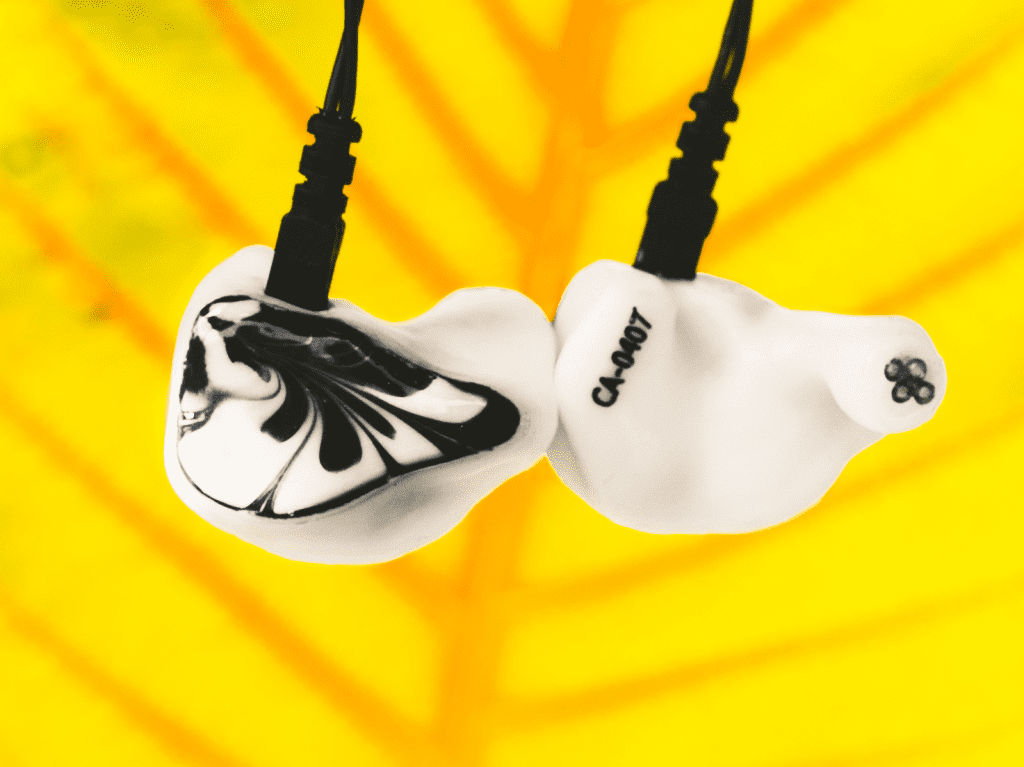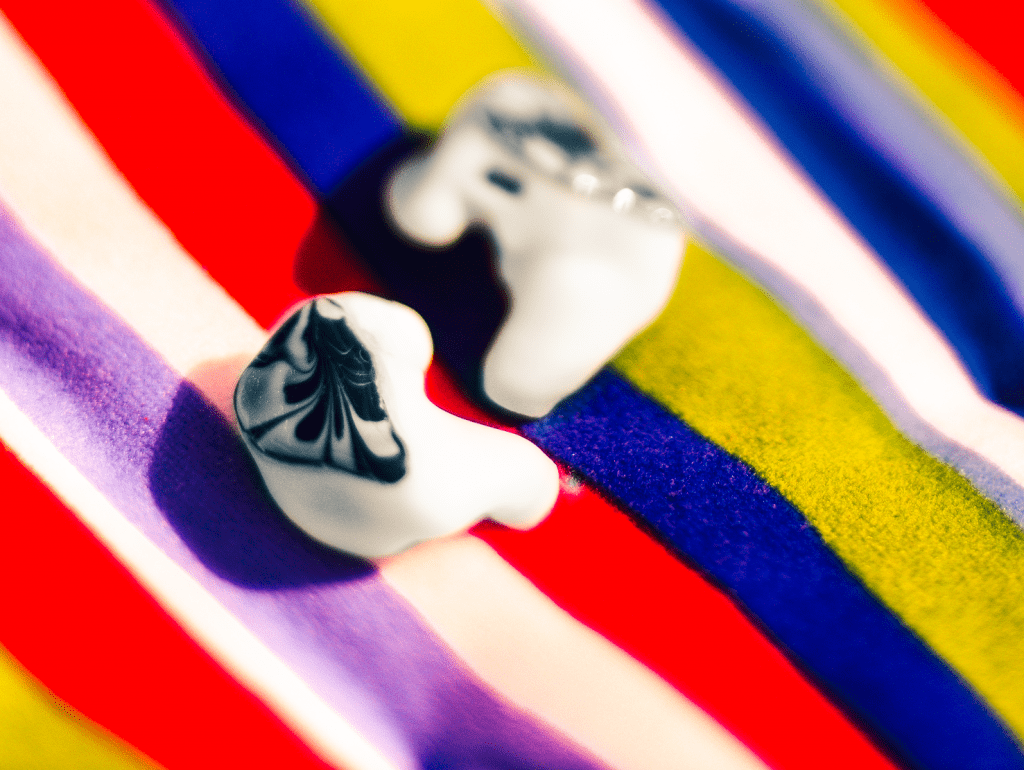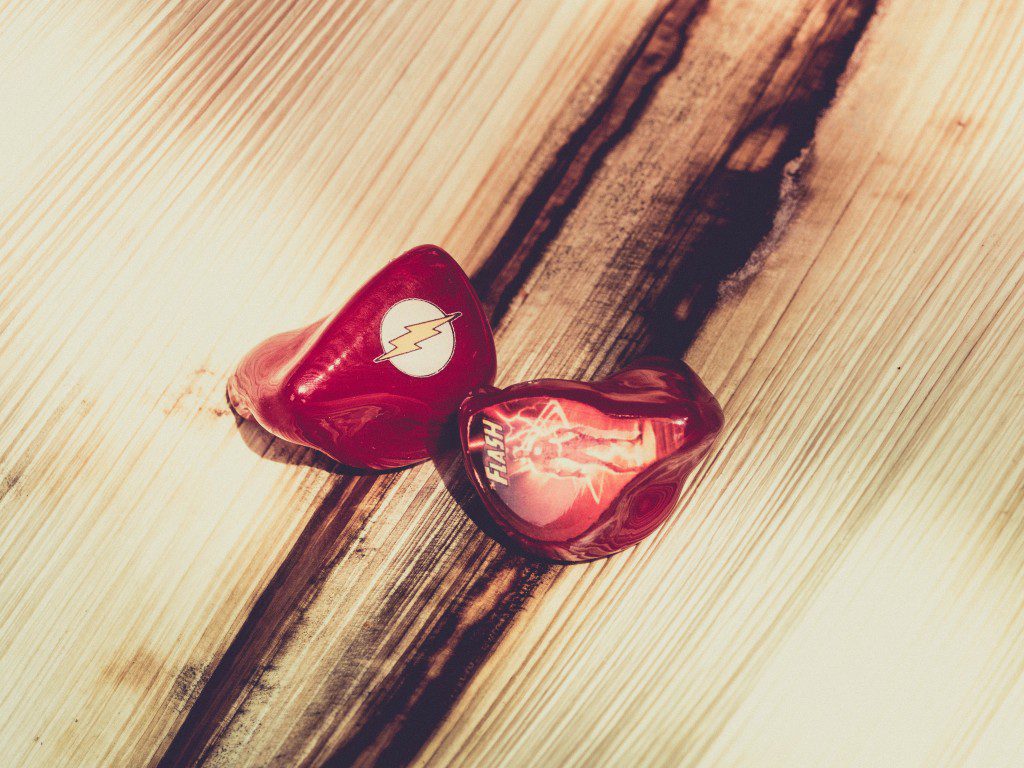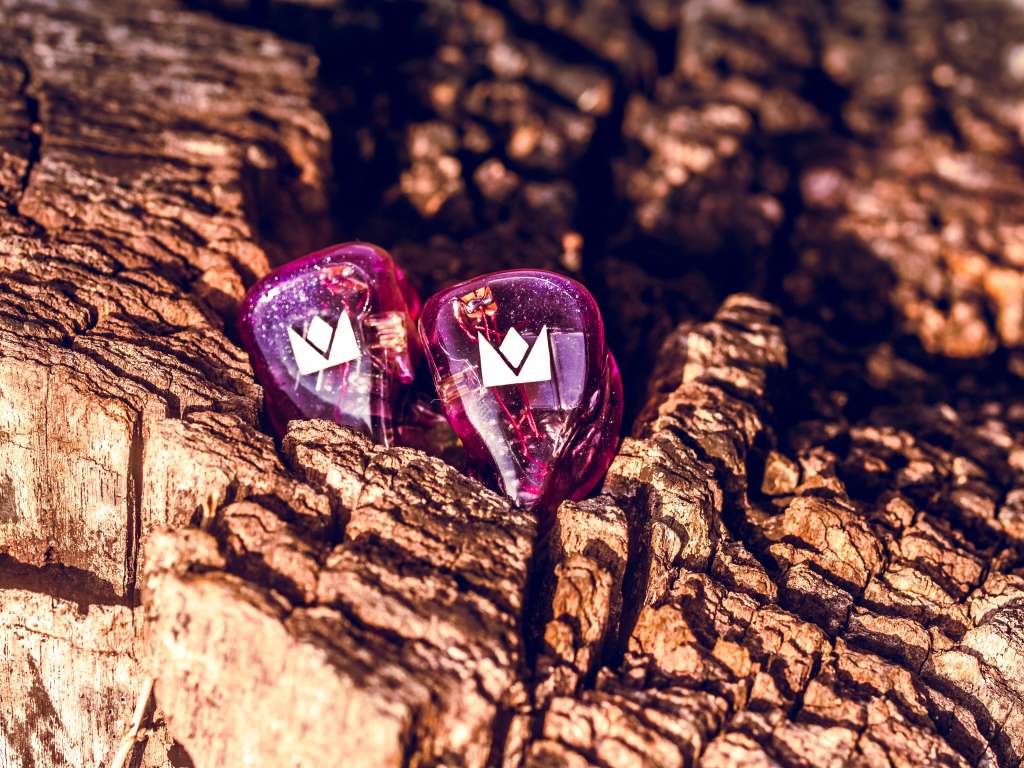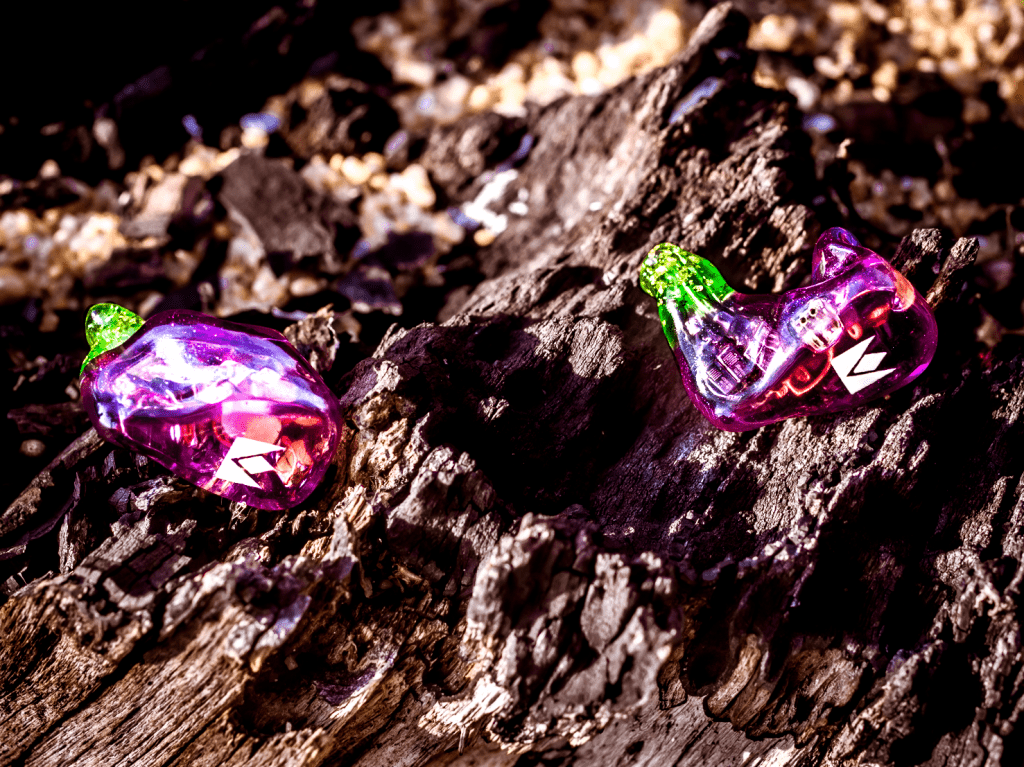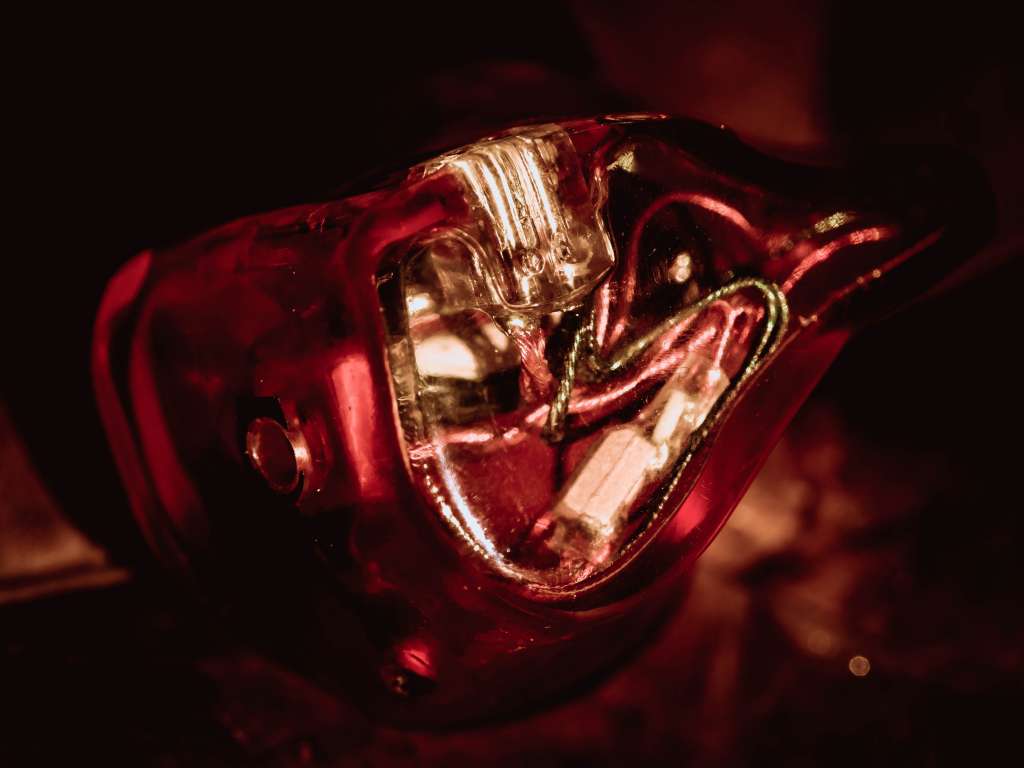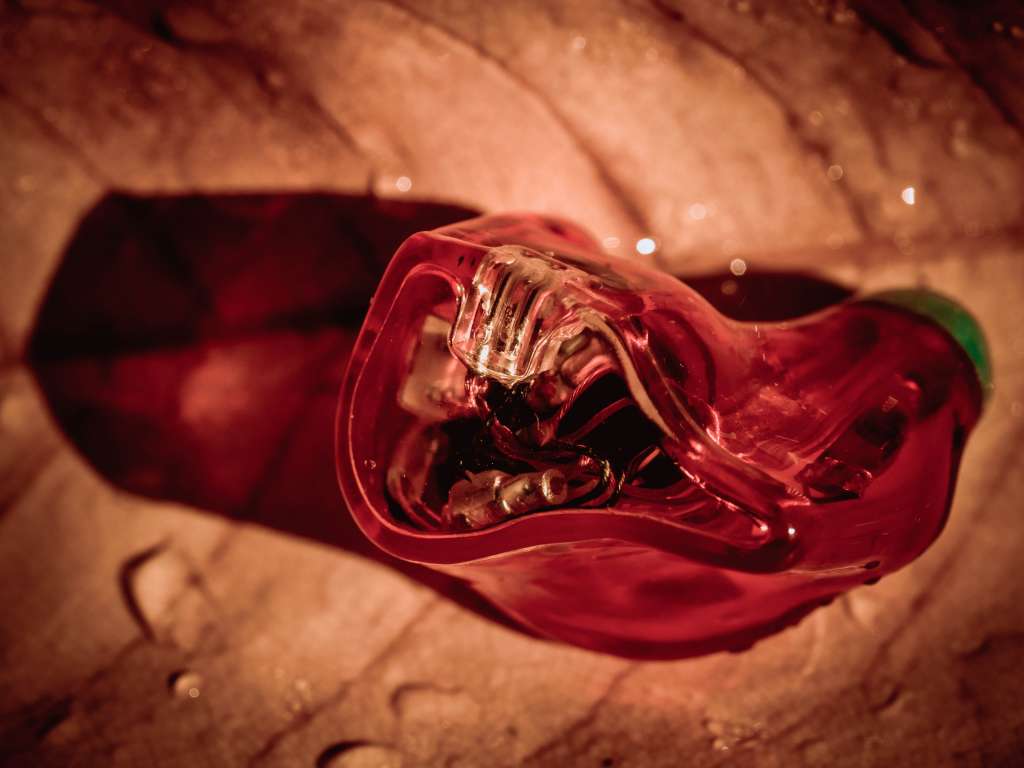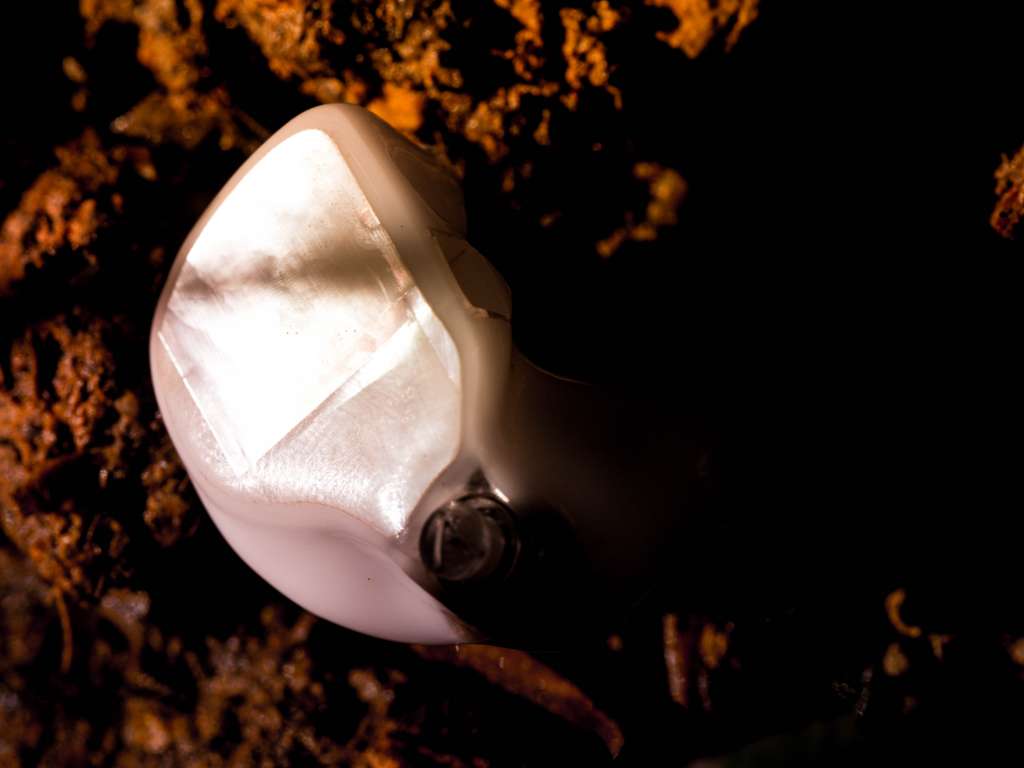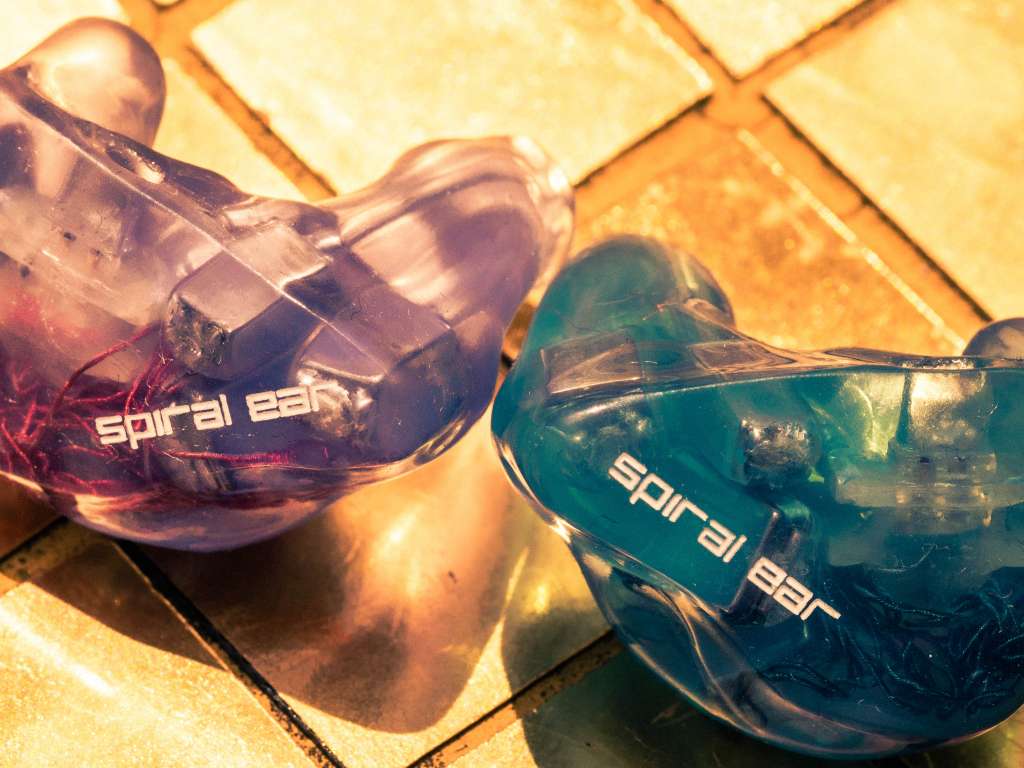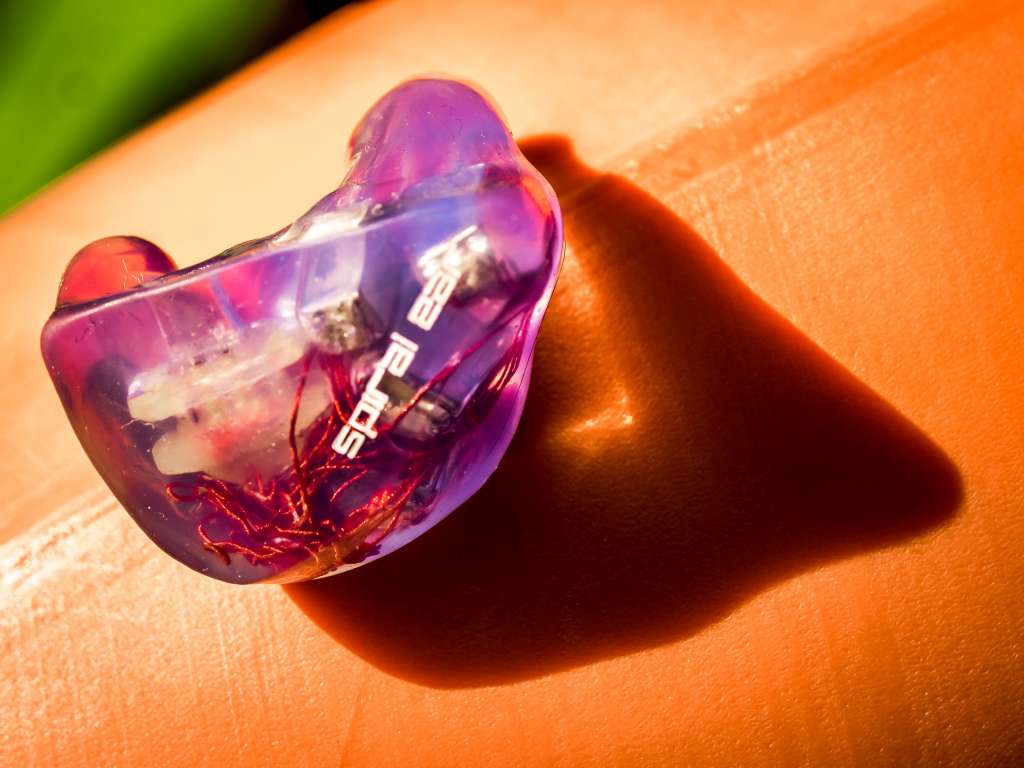- Joined
- Jul 11, 2009
- Posts
- 2,926
- Likes
- 716
Fit for a Bat! - Flagship IEMs Shootout

The Contenders (in alphabetical order)
1964Ears | Adel A12
Advanced AcousticWerkes AAW W500 AHMorph
Clear Tune Monitors CT-6E Elite
CustomArt Harmony 8 Pro
Jerry Harvey Audio JH13 Pro FreqPhase
Lear Audio LCM BD4.2
Noble Audio Kaiser 10
Spiral Ears SE5 Ultimate
With the rules out of the way, let’s get to the fun stuff. I chose these IEMs for the shootouts mostly because they’d all done similarly well in my previous audition binge. Once I actually started scoring things, though, I got some surprising results. Not only were the performance levels not as close anymore; the final verdict ended up being very different from how I’d initially ranked them (after first impressions). To get to my final score, I rated IEMs in five equally-weighted categories. Each category was further rated in its component parts:
Bass: Speed, decay, detail, slam, authority, tightness, extension and timbre. Subbass and midbass.
Midrange: Energy, evenness, airiness, timbre, clarity, and detail.
Treble: Smoothness, clarity, naturalness, sparkle, speed, and extension.
Spatial: Size of width, depth, and height; airiness; and consistency of soundstage diffusion. Imaging of width, depth and height; and center image.
General: PRaT, balance, note articulation and fullness, musical resonance.
Apart from being relative in nature, my ratings also indicate some sort of absolute quality. Let's say I thought IEM A lost out to IEM B in terms of Treble Smoothness. In this scenario, let's imagine that A was actually pretty good- B was just better. So how do I reflect this reality? How do I indicate that A was good to begin with, but then also account for how much better B was? To solve this I ended up using this scale:
Component Scores
Overall Scores
One last note about scoring. I've also grouped the overall scores into different tiers, which reflect how I felt about the IEMs in each score-range. Bear in mind: to get into the top tier would require an IEM to average >9 across every category. I wasn't sure if any IEM could be that good. Well, we'll find out, won't we?
#8. Strange yet fun, meet the Lady Gaga of IEMs
#7. Float like a Butterfly, Sting like a Bee
#6. Remember when the iPhone got a 4" Screen?
#5. Be Water, my Friend
#4. It's a Big, Big World
#3. Beam Me Up Scotty
#2. The Tell-Tale Heart
#1. Welcome to the Temple of Heaven
1 This is some of the music I listen to:
2 I have nothing against John Kerry. It's just that "many times I actually did vote for an IEM, before I voted against it". Kerry would understand.

The Contenders (in alphabetical order)
1964Ears | Adel A12
Advanced AcousticWerkes AAW W500 AHMorph
Clear Tune Monitors CT-6E Elite
CustomArt Harmony 8 Pro
Jerry Harvey Audio JH13 Pro FreqPhase
Lear Audio LCM BD4.2
Noble Audio Kaiser 10
Spiral Ears SE5 Ultimate
Eight flagship IEMs. Great. How exactly do you rank so many amazing IEMs against one another? Living with these fellas over the past few months has made me a little crazy. Literally a hundred times, I'd gushed to everyone I knew that this was THE BEST IEM EVER OMG OMG YES! No big deal, if only I wasn’t referring to a different IEM each time. Oops. Long story short- if this shootout had any chance in hell of being done by 2015, I needed to set up some rules.
My Totally Arbitrary Rules
- Test with different genres of music. I went from pop to rock; orchestral to jazz; electronica to happy hard-core; live to studio; binaural to monoaural1. Versatility matters- an IEM has to excel in at least a few genres to rank highly. Variation in cross-genre performance was probably the number one reason I flip-flopped more than John Kerry2.
- Do A-B comparisons. I refined my scores using this iterative process: first, I’d listen to an IEM and give it a score for a particular trait. Then I would pick a different IEM, volume match (this bit is much more critical than it sounds. Trust me), and score that in relation to the first one. With the first two done, I’d pick a third IEM and score them in relation to the previous two, changing the scores of all three IEMs along the way. To this add #4, #5, #6… Etc. Finally I’d wait a day or two, then redo the exercise again to finalise the scores. Over the past few months I’ve done this again and again and again, going through this process for every single trait I evaluated, until everything seemed right.
- Stick to my Chord Hugo. I kept my source constant because I’ve listened to a lot of music (and a lot of IEMs) on it, and have formulated a clear frame of reference with it. Was this the best match for every IEM? Probably not. Could I have tested my IEMs on my other Amps, DACs and even DAPs? Probably- but not this time. I’ve got to draw the line somewhere…
- Speaking of drawing the line, I did swap cables around for kicks. It’s just so much easier switching cables than sources, and I couldn’t resist trying some of my Silver-Plated Copper, Copper and Silver cables. But ultimately I kept things simple, and listened most via stock- after all, this is what the manufacturer intended.
- I listen pretty loud. It’s what I’m used to, and I find I can best pick out the differences at higher volumes.
[size=17.0300006866455px]My Rating Criteria[/size]
With the rules out of the way, let’s get to the fun stuff. I chose these IEMs for the shootouts mostly because they’d all done similarly well in my previous audition binge. Once I actually started scoring things, though, I got some surprising results. Not only were the performance levels not as close anymore; the final verdict ended up being very different from how I’d initially ranked them (after first impressions). To get to my final score, I rated IEMs in five equally-weighted categories. Each category was further rated in its component parts:
Bass: Speed, decay, detail, slam, authority, tightness, extension and timbre. Subbass and midbass.
Midrange: Energy, evenness, airiness, timbre, clarity, and detail.
Treble: Smoothness, clarity, naturalness, sparkle, speed, and extension.
Spatial: Size of width, depth, and height; airiness; and consistency of soundstage diffusion. Imaging of width, depth and height; and center image.
General: PRaT, balance, note articulation and fullness, musical resonance.
Apart from being relative in nature, my ratings also indicate some sort of absolute quality. Let's say I thought IEM A lost out to IEM B in terms of Treble Smoothness. In this scenario, let's imagine that A was actually pretty good- B was just better. So how do I reflect this reality? How do I indicate that A was good to begin with, but then also account for how much better B was? To solve this I ended up using this scale:
Component Scores
| <5 : Bad | 8 - 9 : Very Good |
| 5 - 6 : Below Average | 9 - 10 : Elite |
| 6 - 7 : Average | >10 : (yes, >10.) Jawdropping |
| 7 - 8 : Above Average |
Overall Scores
One last note about scoring. I've also grouped the overall scores into different tiers, which reflect how I felt about the IEMs in each score-range. Bear in mind: to get into the top tier would require an IEM to average >9 across every category. I wasn't sure if any IEM could be that good. Well, we'll find out, won't we?
| <50 : Bad | 70 - 75 : Good |
| 50 - 55 : Barely Acceptable | 75 - 80 : Very Good |
| 55 - 60 : Below Average | 80 - 85 : Outstanding |
| 60 - 65 : Average | 85 - 90 : Almost Perfect |
| 65 - 70 : Above Average | >90 : "Fit for a Bat!" |
The Shootout!
#8. Strange yet fun, meet the Lady Gaga of IEMs
#7. Float like a Butterfly, Sting like a Bee
#6. Remember when the iPhone got a 4" Screen?
#5. Be Water, my Friend
#4. It's a Big, Big World
#3. Beam Me Up Scotty
#2. The Tell-Tale Heart
#1. Welcome to the Temple of Heaven
1 This is some of the music I listen to:
| Beni (JPop) | New Order (Rock) | FREETempo (Electronic) |
| Davichi (KPop) | Peter Gabriel (Rock) | Monkey Safari (EDM) |
| G.E.M. (CPop) | The Decemberists (Rock) | Rodrigo Y Gabriela (Guitars) |
| Wolfgang Amadeus Phoenix (Pop) | Jamie Cullum (Jazz) | Cirque Du Soleil (Soundtracks) |
| Mika Nakashima (JPop) | Jazz at the Pawnshop (Jazz) | Lots of Random Jazz |
| Utada Hikaru (JPop) | Daft Punk (Electronic) | Lots of Random Happy Hardcore |
| Chesky Binaural Series (Binaural) | Ulrich Schnauss (Electronic) | Lots of Random Classical/ Orchestral |
2 I have nothing against John Kerry. It's just that "many times I actually did vote for an IEM, before I voted against it". Kerry would understand.





























